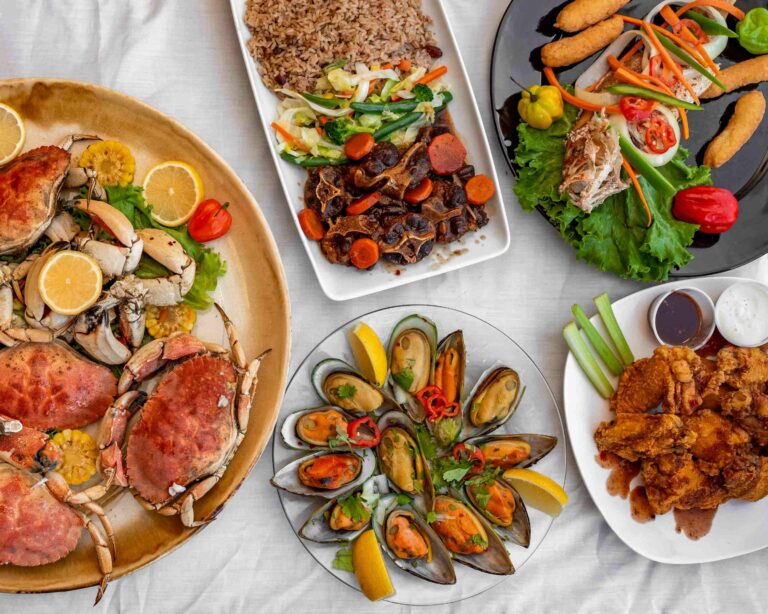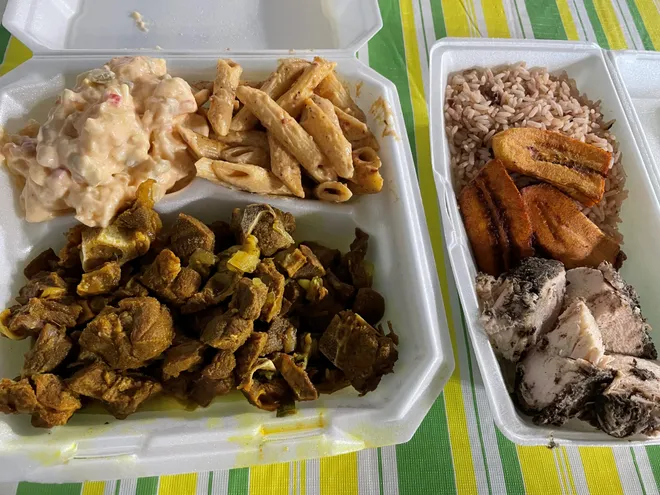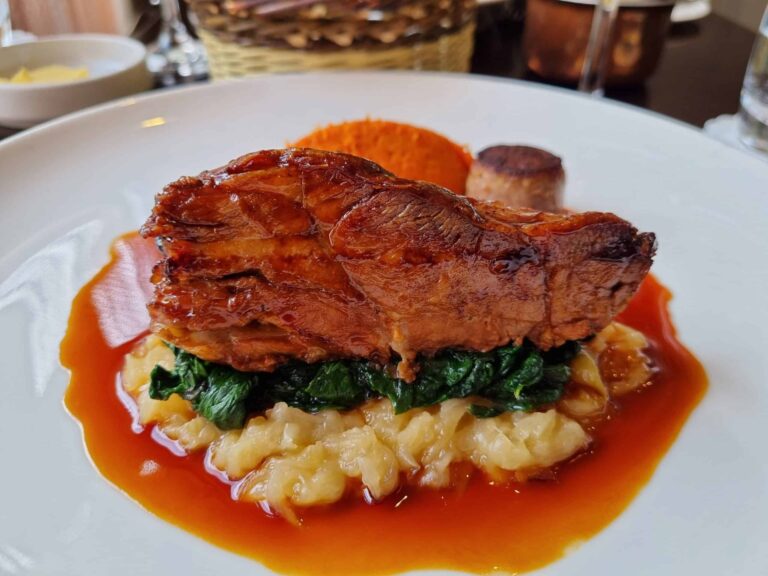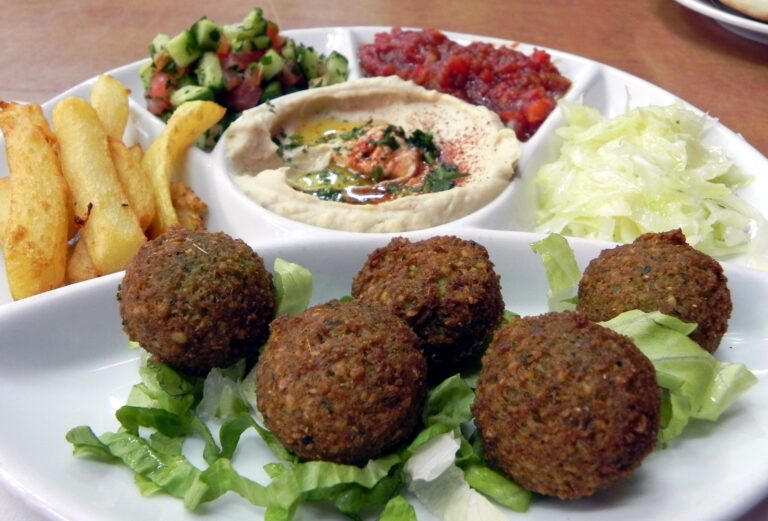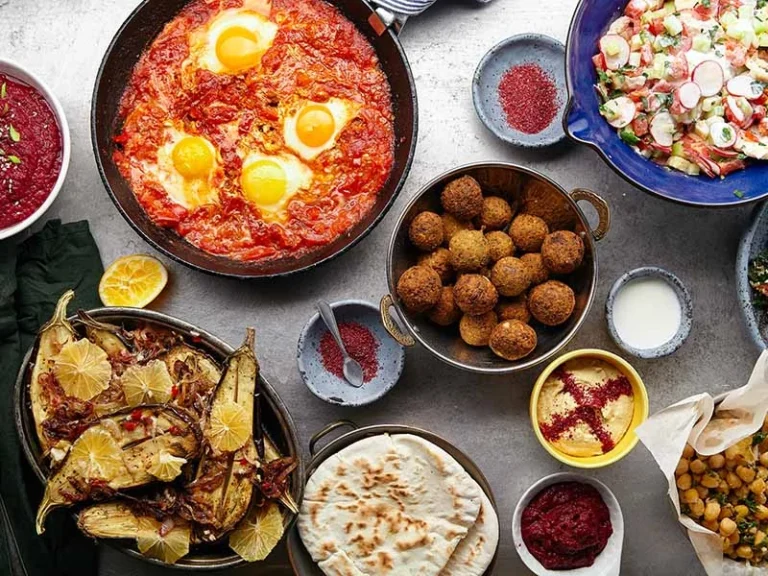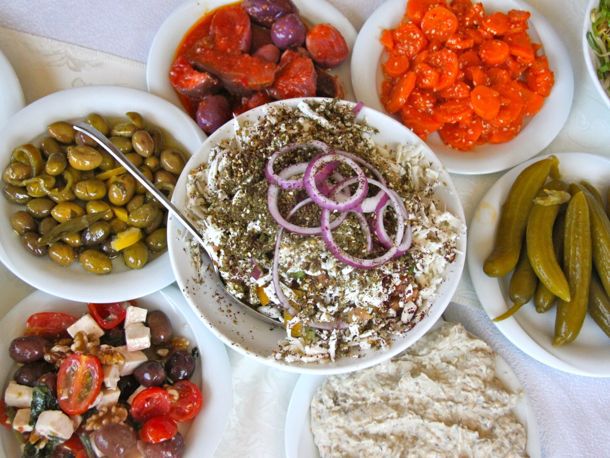Introduction: Indonesian Cuisine Beyond Nasi Goreng
When most people think of Indonesian cuisine, the first dish that comes to mind is usually nasi goreng. However, Indonesian cuisine is much more diverse than just fried rice. Indonesia is home to over 17,000 islands, and each region has its own unique flavors and ingredients. Here are some lesser-known regional dishes and ingredients that you might not have heard of.
Aceh’s Spicy Delights: From Mie Aceh to Kuah Beulangong
Aceh is a province on the northern tip of Sumatra island, and its cuisine is known for its fiery spiciness. One of Aceh’s signature dishes is mie Aceh, a noodle soup made with a spicy broth and beef or seafood. Another must-try dish is kuah beulangong, a fish soup with a mix of herbs and spices that gives it a distinct flavor. Acehnese cuisine also features a lot of seafood, such as grilled fish with sambal and ikan bakar.
Eastern Java’s Sweet-Savory Surprises: Lontong Kupang and Tahu Tek
Eastern Java is known for its sweet and savory dishes, with a mix of herbs and spices that create unique flavors. Lontong kupang is a popular dish in the region, made with rice cakes, mussels, and a sweet and spicy peanut sauce. Tahu tek is another dish that’s unique to Eastern Java, made with fried tofu, boiled potatoes, bean sprouts, and a sweet and spicy peanut sauce. The peanut sauce is a common ingredient in Javanese cuisine, and it’s often used to enhance the flavor of dishes.
Sumatra’s Unique Flavors: Rendang Daging and Teri Medan
Sumatra is the largest island in Indonesia, and its cuisine is diverse and flavorful. One of Sumatra’s most famous dishes is rendang daging, a slow-cooked beef stew with a rich and spicy coconut milk sauce. Another unique dish is teri medan, a type of anchovy fish from the city of Medan in North Sumatra. The fish is fried and served with sambal and lime juice, giving it a tangy flavor.
Sulawesi’s Hidden Gems: Coto Makassar and Tinutuan
Sulawesi is a large island in the eastern part of Indonesia, and its cuisine is influenced by both Indonesian and Southeast Asian flavors. Coto Makassar is one of Sulawesi’s signature dishes, made with beef or buffalo meat and a rich broth made from ground peanuts and spices. Tinutuan is another dish that’s unique to Sulawesi, made with a mix of vegetables and rice porridge. It’s often served with sambal and fried fish.
Papua’s Wild Harvest: Papeda and Sago Grub Soup
Papua is the easternmost province of Indonesia, and its cuisine is known for its use of wild ingredients. Papeda is a staple food in Papua, made from sago flour and water. It has a jelly-like texture and is often eaten with fish or meat. Sago grub soup is another dish that’s unique to Papua, made with sago grubs, vegetables, and spices. The grubs are high in protein and are a delicacy in Papua.
In conclusion, Indonesian cuisine is full of surprises and unique flavors, with dishes and ingredients that are specific to each region. With over 17,000 islands, there’s always something new to try in Indonesian cuisine beyond nasi goreng.


